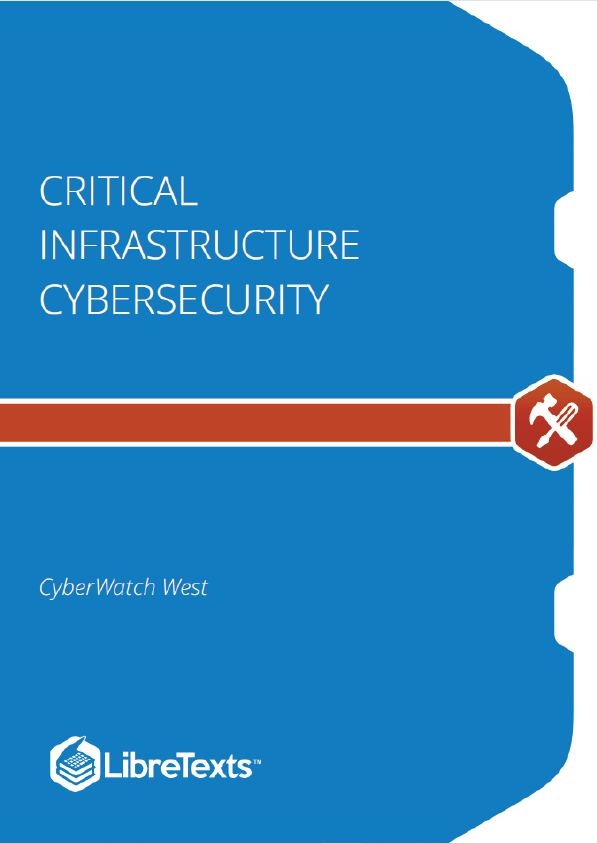Description
This module covers the Critical Infrastructure Security and Resilience foundational courses and certifications from the Federal Emergency Management Administration (FEMA). It is based on a three-part assignment that uses the online FEMA Emergency Management Institute courses and exam certifications that cover the following three topics:
- IS-860.C: The National Infrastructure Protection Plan, An Introduction
- IS-913.A: Critical Infrastructure Security and Resilience: Achieving Results through Partnership and Collaboration
- IS-921.A: Implementing Critical Infrastructure Security and Resilience
The focus is on five key subject sectors that the National Infrastructure Protection Plan identifies as “Lifeline” sectors: Energy, Water and Wastewater Systems, Communications, Transportation Systems, and Emergency Services. This module gives students a better understanding of what those assets are, what components are considered “critical,” and how to identify them for entry into the IP Gateway that serves as the single interface through which Department of Homeland Security (DHS) partners can access the department’s integrated infrastructure protection tools and information.
Objectives
- Define critical infrastructure, protection, and resilience in the context of the National Infrastructure Protection Plan (NIPP).
- Describe critical infrastructure in communities and the impact Lifeline sector assets have on a community’s resiliency.
- Describe the processes that support critical infrastructure security and resilience. Identify strategies and methods for achieving results through critical infrastructure partnerships.
- Describe the roles and responsibilities of entities such as the DHS, sector-specific agencies, and state, local, tribal, and territorial governments.
- Discuss common standards bodies, such as the North American Electricity Reliability Council (NAERC) and the National Institute of Standards and Technology (NIST).
- Understand which certifications are required to protect critical infrastructure.
Hands-on Activity Objectives
- Understand the roles and responsibilities of entities such as the DHS, sector-specific agencies, and state, local, tribal, and territorial governments.
- Describe the processes that support critical infrastructure security and resilience.
- Define critical infrastructure, protection, and resilience in the context of the National Infrastructure Protection Plan (NIPP). Identify strategies and methods for achieving results through critical infrastructure partnerships.
- Identify various methods for assessing and validating information. Describe critical infrastructure in communities and the impact Lifeline sector assets have on a community’s resiliency.
- Discuss common standards bodies, such as the North American Electricity Reliability Council (NAERC) and National Institute of Standards and Technologies (NIST).
Course Overview
Ensuring the security and resilience of the critical infrastructure of the United States is essential to the nation’s security, public health and safety, economic vitality, and way of life.
The purpose of this course is to present an overview of the National Infrastructure Protection Plan (NIPP). The NIPP provides the unifying structure for the integration of existing and future critical infrastructure security and resilience efforts into a single national program.
Learning Objectives
- Explain the importance of ensuring the security and resilience of critical infrastructure of the United States.
- Describe how the NIPP provides the unifying structure for the integration of critical infrastructure protection efforts into a single national program.
- Define critical infrastructure, protection, and resilience in the context of the NIPP.
Students pair into teams, which identify one of the 16 critical infrastructure sectors to focus on throughout the course. Each week’s module will be examined through the lens of the chosen sector. Student teams are expected to investigate their chosen sector and create a fictitious organization that will be used as a case study in future assignments.











